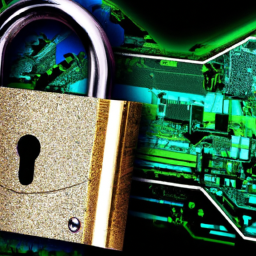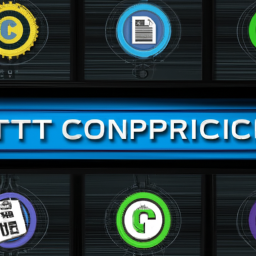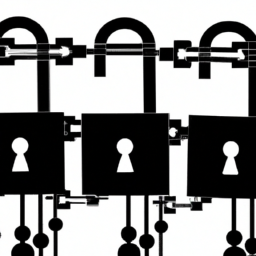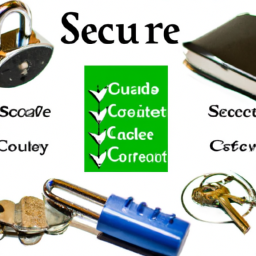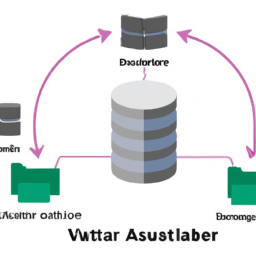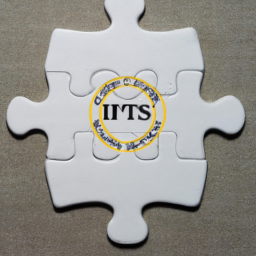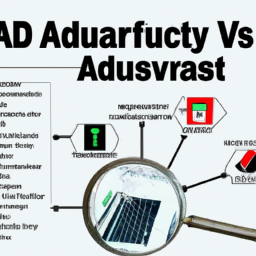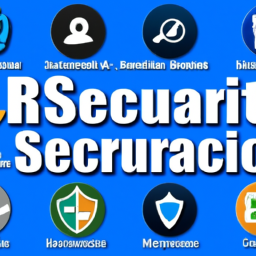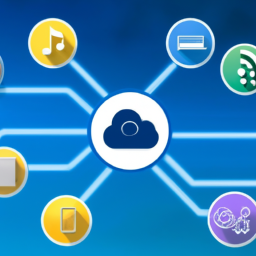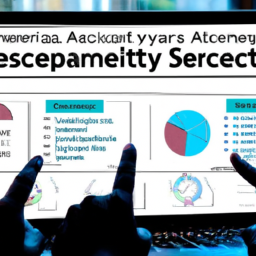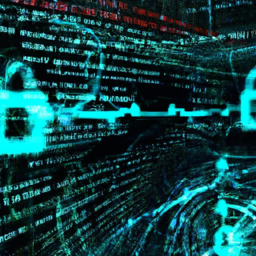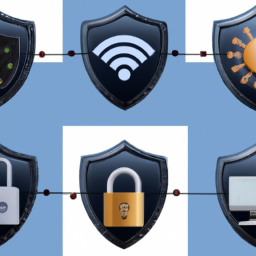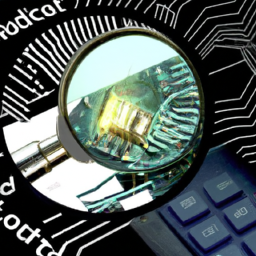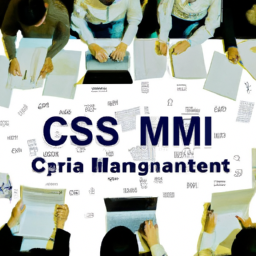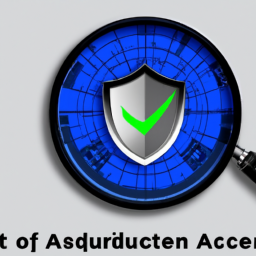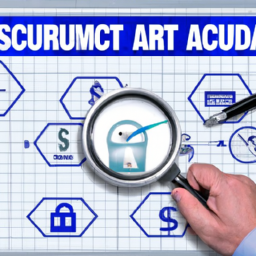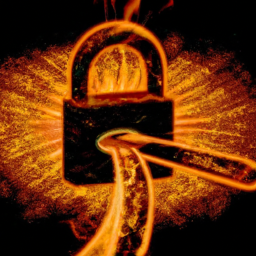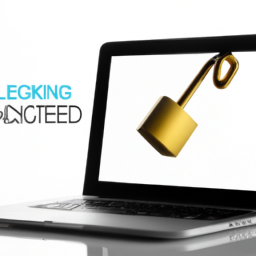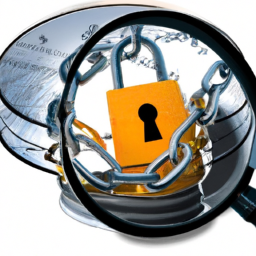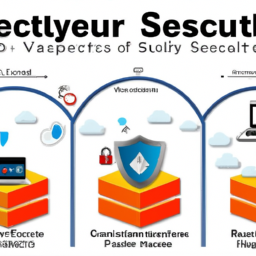Imagine your database is like a vault, holding all your organization’s valuable assets. Just as you would fortify a vault with the latest security measures, it is crucial to protect your database from potential threats.
In this article, we will explore effective techniques for database security that will help you safeguard your data with the utmost diligence.
To begin, conducting a comprehensive risk assessment is like scanning the perimeter of your vault, identifying potential vulnerabilities. With this knowledge, you can implement strong access controls, ensuring only authorized individuals can enter. Think of this as installing a high-tech lock on your vault door.
Regularly updating and patching your database software is like regularly inspecting and reinforcing the walls of your vault to prevent break-ins. Encrypting your data is akin to placing your assets in a secure, tamper-proof safe within the vault.
Monitoring and auditing database activities is like installing security cameras and alarms, constantly vigilant for any signs of intrusion.
Lastly, establishing and testing backup and disaster recovery procedures is like having a fail-safe mechanism in place, ensuring your assets remain intact even in the face of unforeseen circumstances.
By implementing these strategies, you can ensure the safety of your database, protecting your organization’s most valuable data from potential threats. So, let’s delve into the world of database security and equip you with the knowledge to fortify your digital vault.
Key Takeaways
- Conduct comprehensive risk assessments to identify vulnerabilities and prioritize risk mitigation strategies
- Implement strong access controls, such as RBAC, to ensure only authorized individuals can access sensitive data
- Use encryption algorithms to protect data in transit and at rest
- Regularly monitor and audit database activities through alerts and review of audit logs to detect and mitigate potential security breaches
Conduct a Comprehensive Risk Assessment
You should conduct a comprehensive risk assessment to ensure the security of your database. Risk mitigation strategies play a critical role in safeguarding your data from potential threats.
Start by performing a vulnerability assessment to identify any weak points in your database system. This assessment should include a thorough examination of your network infrastructure, hardware, software, and user access controls. Identify potential vulnerabilities such as outdated software versions, weak passwords, or misconfigured access controls.
Once you have identified these vulnerabilities, develop a plan to address them, prioritizing the most critical risks first. This may involve implementing software patches, updating security protocols, or strengthening user authentication processes.
By conducting a comprehensive risk assessment and implementing appropriate risk mitigation strategies, you can significantly enhance the security of your database.
Now, let’s move on to the subsequent section about implementing strong access controls.
Implement Strong Access Controls
Ensure that the fortress protecting your valuable information is fortified with impenetrable gates and rigorous authentication measures. Implementing strong access controls is crucial to safeguarding your database from unauthorized access.
Access control techniques, such as Role Based Access Control (RBAC), allow you to define specific roles and permissions for different users or groups. This ensures that only authorized individuals can access sensitive data and perform specific actions within the database. RBAC provides a granular level of control, allowing you to assign privileges based on job responsibilities and minimize the risk of data breaches.
By implementing these access control measures, you create multiple layers of defense, making it exponentially harder for attackers to breach your database.
Moving forward, regularly updating and patching your database software is vital to maintaining its security and protecting against emerging threats.
Regularly Update and Patch Your Database Software
Regularly updating and patching your database software fortifies its defenses against potential vulnerabilities, creating a strong barrier that shields your valuable information from emerging threats.
Database software updates are essential as they include bug fixes, security enhancements, and new features that improve the overall functionality of the system. By staying up to date with the latest updates and patches, you ensure that your database software is equipped with the most robust security measures available.
Patching techniques involve applying fixes to identified vulnerabilities in the software, reducing the risk of exploitation by malicious actors. These updates and patches help to close security gaps and prevent unauthorized access or data breaches.
As you move forward to the next section on ‘encrypt your data,’ it’s important to remember that updating and patching your database software is just one layer of defense in safeguarding your valuable data.
Encrypt Your Data
To ensure the security of your data, it’s crucial to utilize encryption algorithms to protect it both in transit and at rest. This means that any data being transmitted over a network or stored on a server should be encrypted using strong encryption algorithms.
Additionally, it’s important to implement secure key management practices to ensure that only authorized individuals have access to the encryption keys and can decrypt the data. By following these practices, you can significantly enhance the security of your data and protect it from unauthorized access.
Utilize Encryption Algorithms to Protect Data in Transit and at Rest
Keep your data safe by using encryption algorithms to protect it while it’s being transferred and stored.
Encryption algorithms in practice involve converting data into an unreadable format using mathematical algorithms. This ensures that even if unauthorized individuals gain access to the data, they can’t understand or exploit it.
Encrypting data provides numerous benefits, such as safeguarding sensitive information, mitigating the risk of data breaches, and complying with privacy regulations.
Encryption algorithms can be used to protect data in transit by encrypting it before sending it over a network, and decrypting it upon arrival. Similarly, data at rest can be encrypted to prevent unauthorized access.
Implementing encryption algorithms is an effective strategy to maintain the confidentiality and integrity of your data.
To further enhance your database security, it’s important to implement secure key management practices.
Implement Secure Key Management Practices
To ensure the utmost security for your database, it’s crucial to not only encrypt your data but also implement secure key management practices. This involves two key aspects: secure key generation and secure key storage.
When it comes to secure key generation, it’s important to use strong, random algorithms that are resistant to brute-force attacks. Additionally, regularly updating and rotating keys is essential to minimize the risk of compromise.
Equally important is secure key storage, which involves safeguarding the keys from unauthorized access. This can be achieved through the use of hardware security modules (HSMs) or secure key vaults that provide a secure environment for storing and managing keys.
By implementing these practices, you can ensure that your keys remain protected, thereby enhancing the overall security of your database.
Moving forward, let’s explore how to monitor and audit database activities.
Monitor and Audit Database Activities
To effectively monitor and audit database activities, it’s crucial to set up alerts for suspicious activities. By configuring alerts, you can proactively detect any potential security breaches or unauthorized access attempts.
Additionally, regularly reviewing audit logs provides a comprehensive record of all database activities. This enables you to identify any anomalies or patterns that may indicate a security issue.
Set Up Alerts for Suspicious Activities
Ensure your database security by setting up alerts for any suspicious activities, allowing you to relax and enjoy peace of mind. Setting up automated notifications is a crucial step in monitoring and detecting potential threats or unauthorized access to your database. By configuring alerts, you can receive real-time notifications whenever suspicious activities occur, such as multiple failed login attempts, unusual data access patterns, or unauthorized changes to database configurations. Analyzing user behavior is also important in identifying potential security breaches. By monitoring user activities, you can establish a baseline of normal behavior and quickly identify any deviations or anomalies. This proactive approach enables you to take immediate action and mitigate potential risks. By setting up alerts and analyzing user behavior, you can strengthen your database security and protect your valuable data. As you regularly review audit logs, you can gain deeper insights into the overall security of your database system.
Regularly Review Audit Logs
Reviewing audit logs regularly provides you with valuable insights into the security of your database system. This allows you to identify potential vulnerabilities and take necessary actions to protect your data.
By reviewing logs, you can analyze patterns of activities and detect any suspicious or unauthorized access attempts. This proactive approach helps you stay one step ahead of potential threats and ensures the integrity of your data.
Analyzing patterns in the audit logs can help you identify any unusual behavior, such as multiple failed login attempts or unauthorized access to sensitive information. It also allows you to track changes made to the database and identify any anomalies that may indicate a security breach.
Regularly reviewing audit logs is a crucial part of maintaining a secure database environment. Transitioning into the subsequent section about establishing and testing backup and disaster recovery procedures, it’s important to have a comprehensive security strategy that includes measures to protect your data in case of any unforeseen incidents.
Establish and Test Backup and Disaster Recovery Procedures
Guard your precious data like a vigilant knight, ready to face any calamity that may come its way. Establish and test backup and disaster recovery procedures, securing your database with an impenetrable shield of protection.
To ensure the effectiveness of your backup and disaster recovery protocols, follow these steps:
-
Identify critical data: Determine which data is crucial for your business operations and prioritize its backup and recovery.
-
Establish backup protocols: Regularly schedule automated backups of your database, ensuring that copies are stored off-site or in a separate location to safeguard against physical damage or theft.
-
Test disaster recovery procedures: Simulate various disaster scenarios and practice restoring your database from the backups to identify any weaknesses or gaps in your recovery plan.
-
Update and review regularly: As your database evolves, update your backup and recovery procedures accordingly. Regularly review and test your procedures to ensure they remain effective and aligned with your business needs.
By establishing and testing backup and disaster recovery procedures, you can ensure the safety and availability of your data even in the face of unforeseen events.
Frequently Asked Questions
How can I ensure that my database software is always up to date?
To ensure your database software is always up to date, regularly install the latest updates provided by the software vendor.
Database software updates offer several benefits. Firstly, they address security vulnerabilities and patch any software bugs, ensuring a more secure and stable database environment.
Secondly, updates often include new features and performance enhancements, improving the functionality and efficiency of your database system.
Keeping your software up to date is crucial for maintaining a reliable and optimized database infrastructure.
What are some common encryption algorithms used to secure database data?
To protect your precious database data, think of encryption algorithms as the sturdy locks on your doors. Data encryption is the process of converting sensitive information into an unreadable format, ensuring that only authorized individuals can access it.
Common encryption algorithms include Advanced Encryption Standard (AES), RSA, and Triple Data Encryption Standard (3DES). These algorithms use complex mathematical equations to scramble your data, making it virtually impossible for anyone without the decryption key to decipher it.
What are the key components of a comprehensive backup and disaster recovery plan?
To ensure comprehensive database backup strategies and disaster recovery techniques, you need to consider key components. These components include regular backups, offsite storage, and testing procedures. Regular backups should be performed to capture all data and minimize potential loss. Storing backups offsite prevents data loss in case of physical damage or theft. Testing procedures should be implemented to ensure the effectiveness of the backup and recovery process. Incorporating these components into your plan will help safeguard your data and minimize downtime.
How can I effectively monitor and audit database activities?
To effectively monitor and audit database activities, you need robust database activity monitoring and auditing tools. These tools provide real-time visibility into user actions, allowing you to detect and investigate any suspicious activities.
Database activity monitoring tracks all access and modifications to the database, while database auditing records and stores this information for future analysis. By using these techniques, you can ensure the security of your data and quickly respond to any potential threats.
What are some best practices for establishing strong access controls in a database environment?
To establish strong access controls in a database environment, you should start by implementing role-based access controls (RBAC). This involves assigning specific roles to users and granting them access rights based on their job responsibilities.
Additionally, it’s crucial to implement multi-factor authentication (MFA) to add an extra layer of security. MFA requires users to provide multiple forms of identification, such as a password and a fingerprint scan, before accessing the database.
By incorporating RBAC and MFA, you can significantly enhance the security of your database environment.
Conclusion
In conclusion, safeguarding your database is like building a fortress to protect your invaluable treasures. By conducting a comprehensive risk assessment and implementing strong access controls, you are fortifying the walls of your fortress.
Regularly updating and patching your database software and encrypting your data are additional measures to strengthen your defenses. Monitoring and auditing database activities ensure that you can detect and respond to any potential threats.
Establishing and testing backup and disaster recovery procedures is crucial. This ensures that even if an enemy breaches your defenses, you have a backup plan to restore order and protect your data.
Stay vigilant and safeguard your database fortress from potential threats.




